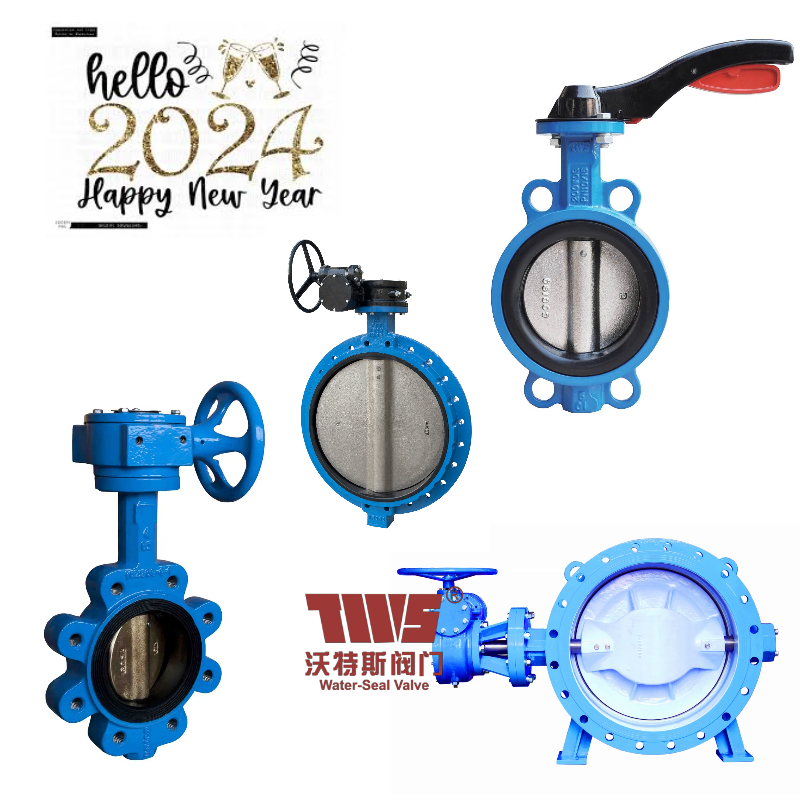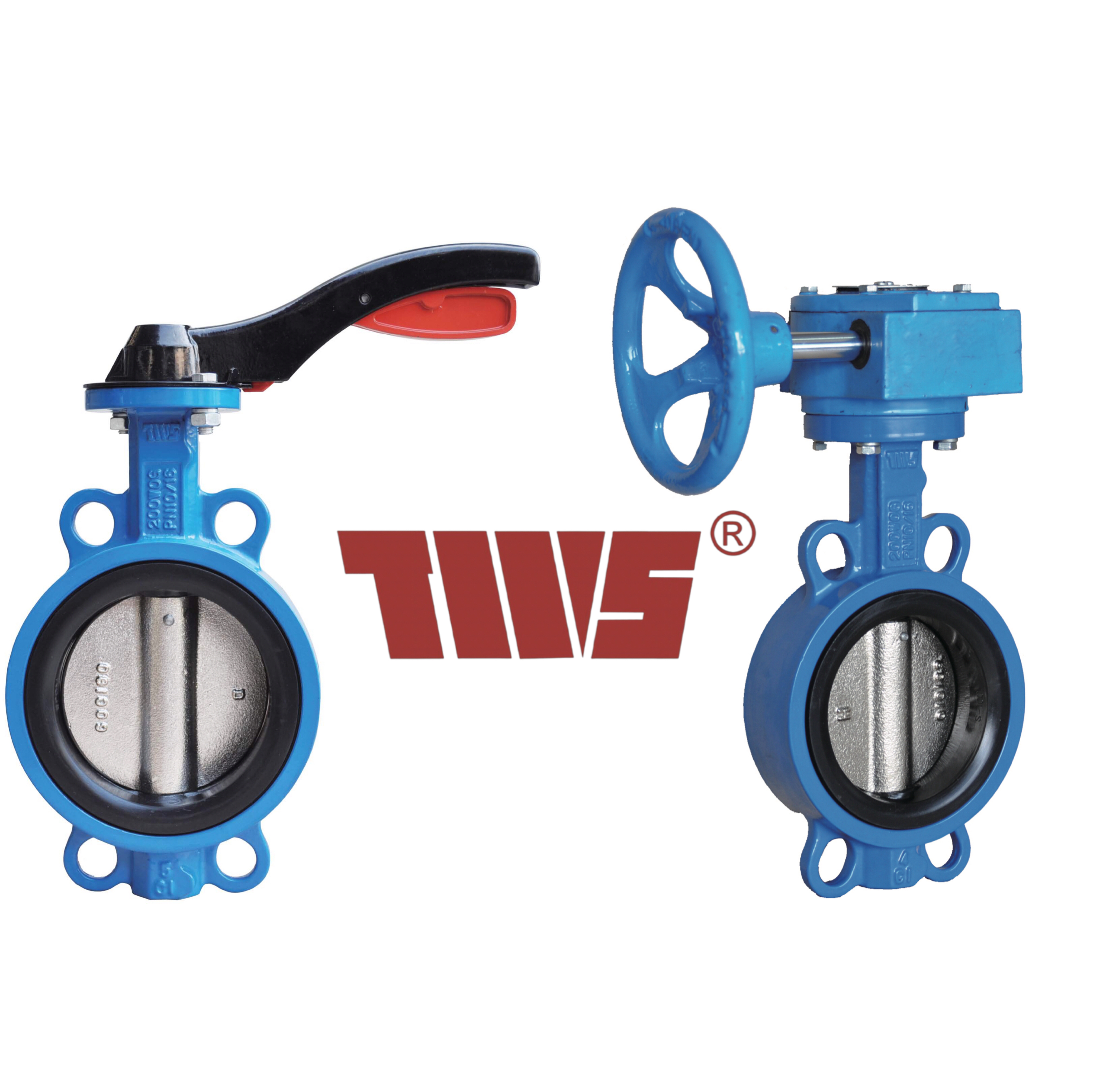Pneumatic valve mainly refers to the cylinder playing the role of the actuator, through the compressed air to form a power source to drive the valve, so as to achieve the purpose of regulating the switch. When the adjusted pipeline receives the control signal generated from the automatic control system, the relevant parameters (such as: temperature, flow rate, pressure, etc.) will be adjusted.
Our TWS Valve can provide the rubber seated butterfly valve, like wafer type, lug butterfly valve, eccentric butterfly valve, gate valve, ball valve, check valve and so on. The operation includes pneumatic actuator.
The pneumatic valve mainly has the following advantages: first, the pneumatic valve moves quickly and the adjustment command can be completed in a short time; second, the pneumatic valve can be the driving force of the large cylinder to achieve large torque; third, the pneumatic valve can be in a safe and stable operation state for a long time under all kinds of harsh conditions.
Common fault of the pneumatic valves
1 Increase and leakage leakage of pneumatic valve
The amount of leakage of the pneumatic valve mainly depends on the valve switch. The increase in the leakage of the pneumatic valve is mainly due to the following two factors: firstly, the wear of the pneumatic valve door; if the valve is mixed with foreign matter or the inner bushing is sintered, or under the control of the pressure between the media, when the pressure difference of the medium is large, cause the valve cannot be completely closed, and eventually cause the leakage of the pneumatic valve to increase.
2 Unstable fault of pneumatic valve and its cause
Both the unstable signal pressure instability and the air source pressure may cause the pneumatic valve to be unstable. The unstable signal pressure will cause the unstable output instability of the regulator, and when the air source pressure is unstable, the pressure reducing valve will fail due to the small capacity of the compressor. It is also possible that the pneumatic valve action caused by the gap between each other is unstable when the position of the amplifier spray baffle is not parallel. In addition, the tight output pipe or output line will also cause the pneumatic valve action instability; the amplifier ball valve will also affect the stability of the pneumatic valve.
3.Pneumatic valve vibration failure and the cause
Pneumatic valves are susceptible to surrounding environmental factors during work. After the bushing and the valve core work for a long time, under the action of friction, the two will form cracks, the existence of additional vibration around the pneumatic valve, the pneumatic valve installation position imbalance will lead to the vibration of the pneumatic valve. In addition, when the size of the pneumatic valve is improperly selected or the closing direction of the single seat valve is not consistent with the flow direction of the medium, the pneumatic valve will also vibrate.
4 Pneumatic valve action slow failure and cause
The importance of the stem is beyond doubt during pneumatic valve movement. When the valve stem is bent, the friction caused by its round movement will be increased, causing the pneumatic valve to be slow. When graphite and asbestos filler lubricating oil, polytetrafluoroethylene filling is abnormal will also cause the pneumatic valve action slow, pneumatic valve when there is dust inside the valve body, pneumatic valve installed with position-er, etc., will increase the pneumatic valve valve stem operation resistance, thus causing the pneumatic butterfly valve action slow.
Post time: May-09-2024






